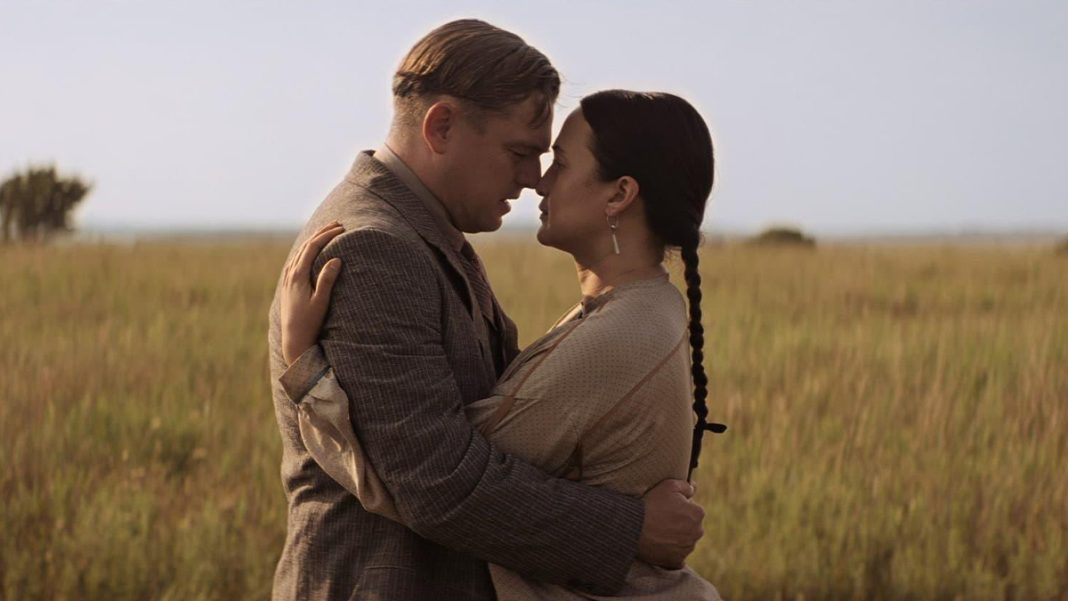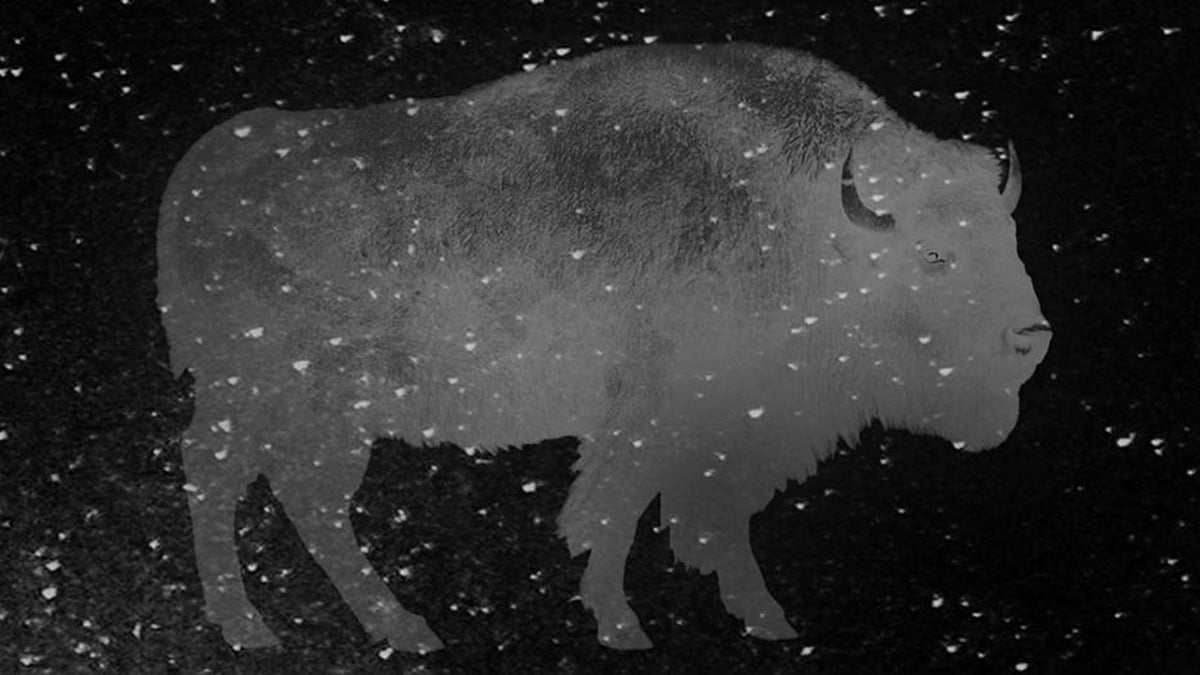Review by Gabriel Serrano Denis
Martin Scorsese blew the doors down coming into the 21st century with one of his boldest and most expensive films with Gangs of New York (2002). Flawed, messy, and iconic, it ushered in not only the start of his collaborations with Leonardo DiCaprio, but also a grandness of scope and larger interest in the violent building of America as we know it. Many of the themes present in Gangs of New York and everything afterwards do overlap with earlier interests in sudden violence, corruption of the spirit, and the morality within criminal enterprises, but after the year 2000, Scorsese’s vision grew and emboldened. Killers of the Flower Moon closely resembles Gangs of New York both in ambition and in Scorsese targeting American mythmaking bathed in blood. However, in this new film based on the bestselling non-fiction book by David Grann, Scorsese and his collaborators’ decision to focus on the criminals who executed a heinous scheme to gain control of the Osage people’s headrights on oil-rich land, the weight of the crime is lost along with the victims at the heart of the story.
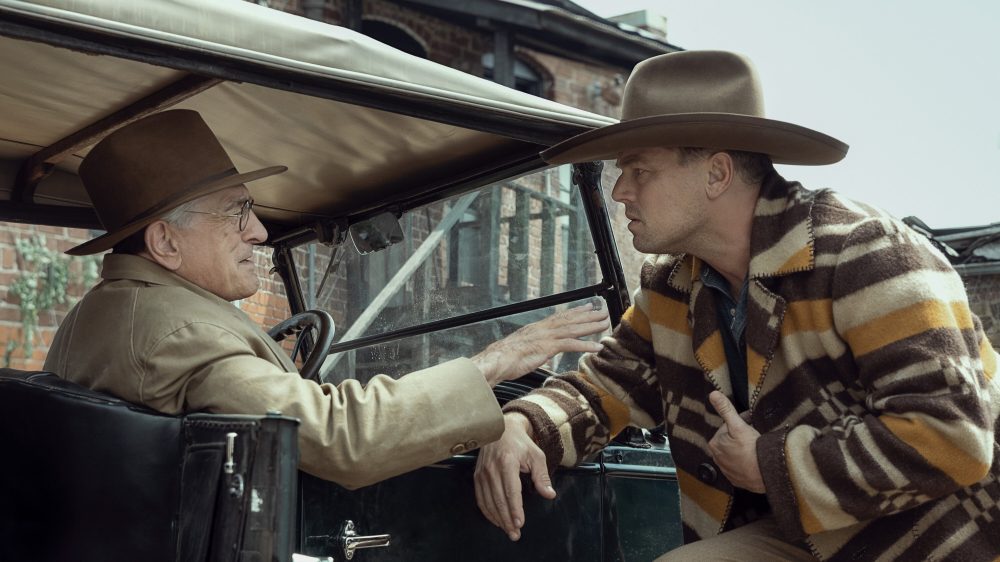
Leonardo Dicaprio plays Ernest, a simple and slightly dimwitted man just back from World War I and headed to live with his brother Byron (Scott Shepherd) and uncle William Hale (Robert De Niro) in Oklahoma amongst the Osage people. A thriving community with riches borne of oil found in their native land, the Osage live comfortably but under the watchful eye of white “legal guardians” who take care of their finances. Ernest finds work quickly thanks to his uncle Hale, a powerful cattle rancher who has found grace amongst the Osage, even given the nickname “King”. When Ernest shows a liking to Mollie Kyle (Lily Gladstone), whose family owns a good portion of headrights, Hale suspiciously endorses the romance, convincing Ernest to join in his plot to rid Mollie and her family of their oil headrights. As the wheels of the crime turn, Ernest, along with his brother Byron and other desperate criminals, set out to execute Hale’s ambitious plan to slowly murder the members of the family until all headrights belong to Mollie, and in turn to Ernest.
At 3 hours and a half, Scorsese is clearly after a monumental approach to the murders that plagued the Osage Nation. The main focus is not necessarily placed on the Osage people, or the Kyle family itself, but rather on how Hale took advantage of the systems that left the Osage vulnerable to greedy predators. The sins of the white man are on full display, and warrant attention from the viewer. Scorsese has always had a deft hand at framing violence in stylish baroqueness, but here he employs a softer touch, rendering many scenes quietly disturbing and haunting. However, in between these striking and effective scenes of infuriating carnage, we rarely get a glimpse into Osage life. The few moments into the inner workings of the community serve but to move the plot and further reveal how the white community has grafted itself so deeply into matters of the Osage that help seems hopelessly dim. As we learn how far Hale’s grasp goes into the many deaths and unresolved criminal activity in the county, the story remains largely one-sided for the majority of the epic runtime.
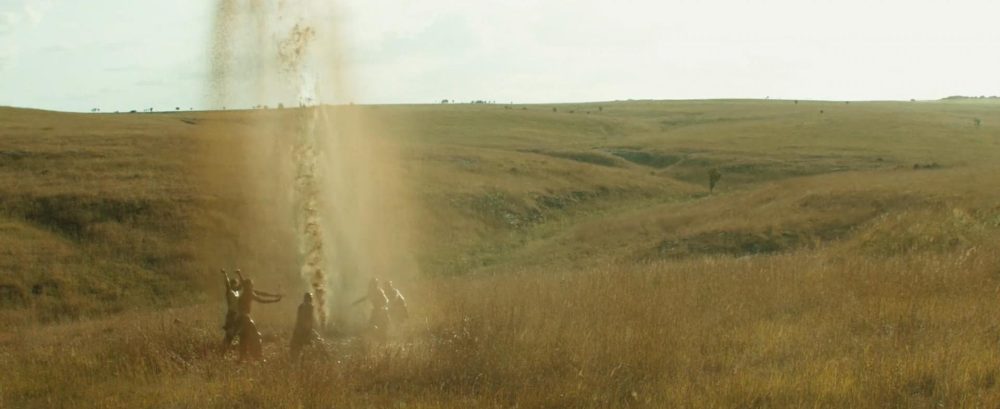
Scorsese is not a filmmaker to misuse the time he has allocated for his story, but in this particular tale, one can’t help but feel like the camera steers too far away from the Osage as well as what is truly the heart of the story: Mollie and Ernest’s relationship, especially Mollie’s role within and outside of it. Mollie’s conflicts are addressed during the first half of the film as she navigates Ernest’s courting and her family’s own hesitation to her marrying someone so clearly after her money. Once Mollie has given in to Ernest’s charm however, she merges into the background and becomes but a simple chess piece in Hale’s plan. Scenes where Mollie goes to Washington to advocate for help with the rampant murders can’t help but feel like footnotes in a narrative much more interested in the ins and outs of how the murders were committed rather than how they affected the community. Lily Gladstone commands every scene she is in, even though she is bed-ridden for half the film, and her scenes are an effective respite from the parade of violence. Unfortunately, the story needs to shift back to Ernest and his commitment to helping his uncle, relegating Mollie to a side-character in her own story.
The film spends plenty of time following Ernest receiving orders from “King” Hale and then executing them or finding the goons who will do the crimes for them. Not dissimilar to his mafia films, Scorsese finds humor in these encounters, which at times serve the scenes well but grow frustrating as we realize that Ernest bickering with a potential hired killer is not as pertinent to the story as what the Osage are doing to deal with this situation. It isn’t until the Bureau of Investigation (the nascent FBI), led by Jesse Plemmons as Agent Thomas Bruce White Sr., arrives that a much needed shift in narrative comes into play. What ensues is a denouement we’ve seen and heard countless times in other Scorsese and Scorsese-like films where gangsters are slowly picked off one by one. The director keeps things dynamic and engaging, but it can’t help but feel as an authentic retelling of criminal facts that have made true crime podcasts such hits in recent times.
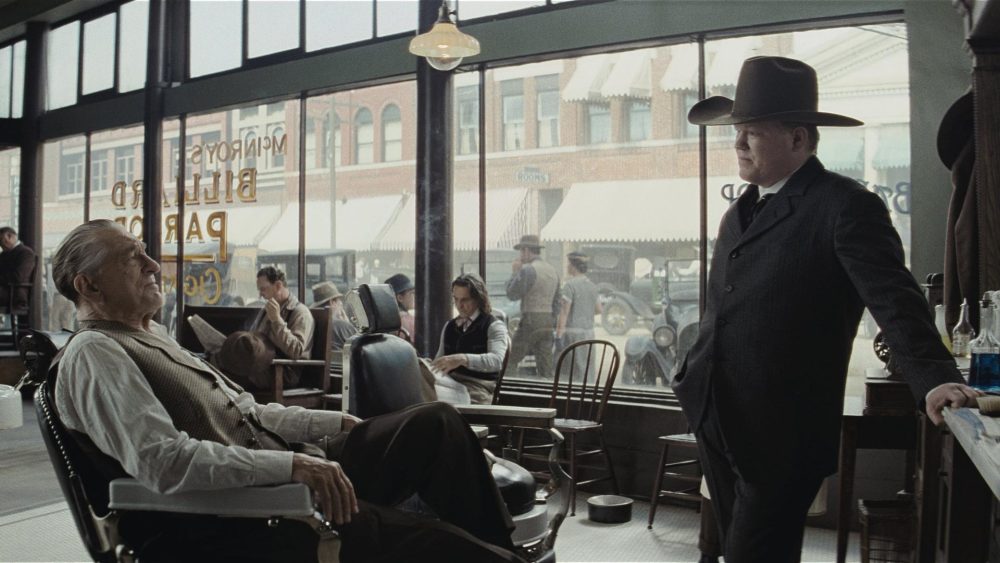
This is not to say that Flower Moon is uninteresting or mediocre, but more so misguided. Scorsese shows a deft hand at developing Ernest and Mollie’s romance, setting up what could’ve been a true tragic conflict as Ernest collided with love and duty. But the beautiful setup is left behind, leaving committed performances from DiCaprio and Gladstone up in the air. Robert De Niro delivers one of the best performances of his career, however, shifting from warm and gracious to evil and conniving convincingly and frighteningly. The film shines when De Niro and DiCaprio are together, and there is a disturbing quality to their relationship as we further learn about the crimes waiting to be committed. As with every Scorsese film, the technique is impeccable, and after the bloated and emotionless The Irishman (2019), this time around there is a sharp sense of urgency and intense character work.
Killers of the Flower Moon is an impressively mounted and painstakingly detailed film, which only further adds to the frustration. With production design by the legendary Jack Fisk, the environments are palpable and lived-in, much like his work on Terrence Malick’s Days of Heaven, while Rodrigo Prieto imbues it with warmth in his stark, naturalistic lighting, turning to expressionistic shadows and framing when menace lurks around the corner. It’s some of the most beautiful work in Prieto’s career, creating impressionistic and poetic imagery that harkens back to his earlier work with fellow Mexican filmmaker Alejandro González Iñárritu. For Scorsese, the film is a triumph in building tension, keeping audiences engaged with a tale sure to spark indignity. But as far as truly capturing and reckoning the white man’s sins against Native Americans, Scorsese loses sight of the victims, and leaves the story’s beating heart buried deep within the bloody facts.


